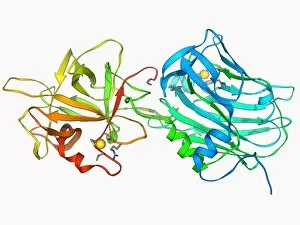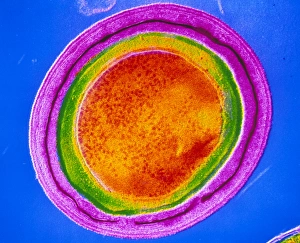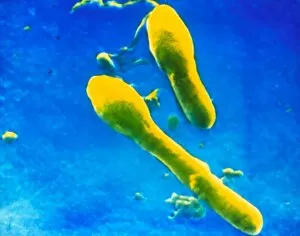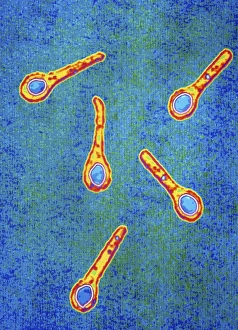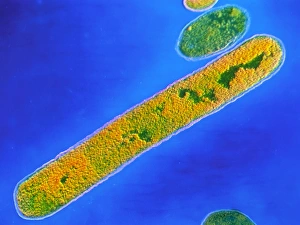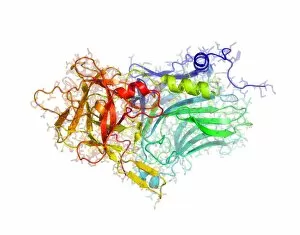Tetanus Collection
Tetanus, a deadly bacterial infection caused by Clostridium tetani, has been a subject of scientific study for over a century
All Professionally Made to Order for Quick Shipping
Tetanus, a deadly bacterial infection caused by Clostridium tetani, has been a subject of scientific study for over a century. In 1906, a lithograph captured the intricate colony of Clostridium tetani with its spores, revealing the microscopic world where this dangerous bacterium resides. Fast forward to 1915, and we find ourselves in the horse serum laboratory at Elstree, where dedicated scientists worked tirelessly to develop treatments against tetanus. Microscopic views offer us glimpses into the structure and composition of this menacing bacteria. The Tetanus toxin C-fragment molecule F006/9223 showcases the complexity that makes it so lethal. Its presence can trigger severe muscle stiffness and spasms characteristic of tetanus. Clostridium tetani itself is an intriguing organism worthy of exploration. From its bacterial spore form to its full-grown state as seen under electron microscopy (F/col TEM), every aspect reveals its adaptability and survival instincts within various environments. While science delves deep into understanding these structures on a molecular level, let's not forget about appreciating nature's wonders too. A serene image captures a woman wading in a lake with the majestic Tetons standing tall in Grand Teton National Park—a reminder that amidst our quest for knowledge about diseases like tetanus lies breathtaking beauty waiting to be explored.




